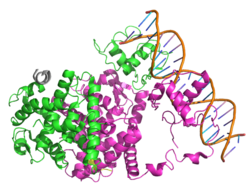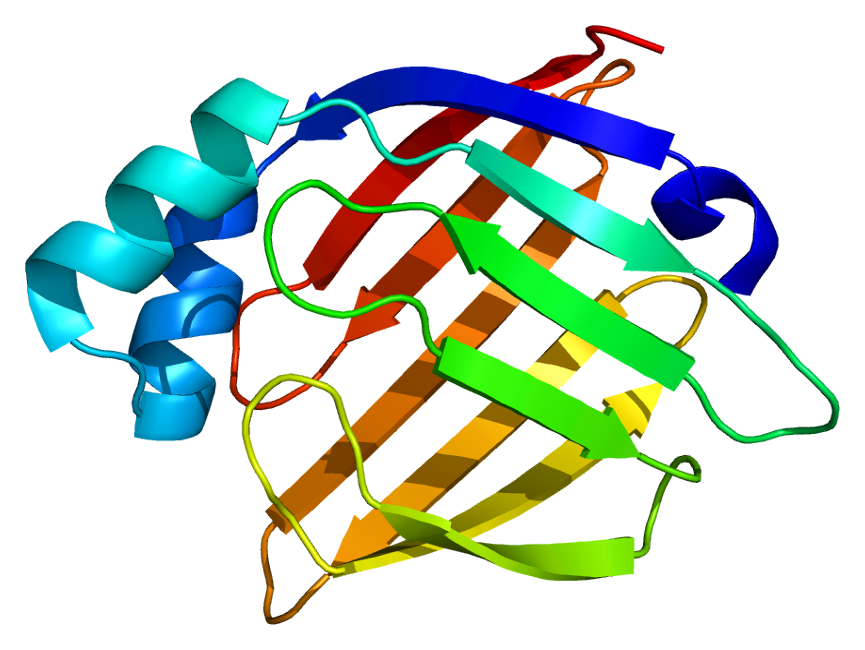The fatty acid can be of two different types, depending upon the nature of the bond i.e. it can be Saturated or Unsaturated. Fatty acid combined with triglycerides(TG) is the primary component of lipid.
No, fatty acids cannot be proteins. They are a long aliphatic chain of hydrocarbons with a carboxyl group (-COOH) at the end, making them acid. Fatty acids are small molecules while proteins are made up of amino acids, having a -COOH group at one end and –NH2 at the opposite end. Bonds can be arranged in aliphatic as well as aromatic forms.
Are essential fatty acids proteins?
No, essential fatty acids cannot be a protein as they lack amino groups in their R-hydrocarbon chain. Essential fatty acid plays an important role in the functioning of the central nervous system and immune system of the animal because they cannot synthesize them so they need them from their food intake. Two essential unsaturated fatty acids are: alpha-linolenic acid and linoleic acid belong to omega-3 and omega-6 fatty acid groups respectively.

Image credit: Wikipedia
Are proteins fatty acids?
The answer is No. In some rare cases, when uptake of protein is higher than needed, these excess peptides can be converted into fat as the storage material of the body. There is a huge difference in the structure and configuration of a protein and fatty acids. Protein is made up of amino acids having amino group (-NH2), carboxylic group (-COOH) with hydrogen molecules and carbon atoms linked with peptide bonds. Some are long, heavy, straight chains while others are in the ring structure with bulky side chains. They are also organic or inorganic and show similarities with fatty acids by having carboxylic acid at either end.

Image attribute: Wikiwand
Do fatty acids make proteins?
Yes, they can make the protein residues. Fatty acid plays a vital role in the acylation of proteins. Lipid hydroperoxides may be involved in the formation of carbonyl derivatives of proteins. Unsaturated fatty acids (UFA) can modify the peptides by using the metal-oxide system in presence of ascorbate/Fe(III)O2 which results in the loss of lysine residues and the generation of carbonyl groups.

carbonyl derivative
Recently, this function can also be done in presence of Cu++ ions. Degradation of proteins with different lipid hydroperoxides(-LOOH) slightly increased the formation of protein carbonyl derivatives, and the use of hydroperoxides with Fe (II) will increase the formation of protein carbonyls. As per recent studies, Lipid hydroperoxides inhibit plasma lecithin-cholesterol acyltransferase. PUFAs can also interact with a variety of nuclear receptor proteins and promote gene expression. Butyric acid binds to a particular transcription factor as a ligand, thereby directly controlling the activity of the transcription factor, or indirectly by regulating various signalling pathways.

Image credit: Wikimedia commons
In fatty acid-induced gene regulation, four transcriptor families are involved i.e. PPAR (peroxisome proliferator-activated receptor), LXR (liver X receptor), HNF-4α (liver nuclear factor 4) and SREBP (sterol regulatory element binding protein). Except for SREBP, all of these transcription factors are members of the nuclear receptor superfamily of steroids and thyroid hormones. Example: In adipocytes, LCFA-induced transcription of the aP2 gene precedes the expression of the gene encoding the long-chain acyl-CoA synthetase.

Image credit: Flickr

proliferator-activated receptor
Image credit: Wikipedia
Fatty acid-binding proteins also known as Fatty acid transport proteins (FATPs/FABP)
They are the integral proteins present on the surface of the plasma membrane for the binding of fatty acids and lipids. The intracellular lipid chaperon, known as fatty acid-binding protein (FABP), is a group of molecules that regulate the intracellular lipid response and is also strongly associated with metabolic and inflammatory pathways. It shows a unique tissue expression pattern and is most abundantly expressed in tissues involved in active lipid metabolism. FABP binds up with high affinity to escort long chains of unsaturated and saturated fatty acids to perform other biological functions.

Image credit: Wikimedia commons
FABPs are of different types performing different functioning specialised for particular tissues in the human body. They also have acyl-CoA synthase activity. Earlier, it was reported that only six groups exist in this family. Later, this family is divided into 9 groups from FABP1-FABP9. For example, liver(L-FABP), intestine- (I-FABP), heart- (H-FABP), adipocyte- (A-FABP), epidermal-(E-FABP), ileal-(Il-FABP), brain- (B-FABP), myelin- (M-FABP) and testis-FABP (T-FABP). While the new member has been recently discovered named FABP12, differs in its selectivity, affinity and binding mechanism. All FATPs have a single affinity ligand for a single protein with exception of L-FABPs have binding affinity for two proteins simultaneously.
Conclusion
Fats are very important for the human body as during the long starvation when the uptake of food and nutrients by the human body is very less than stored fats are getting dissolved and consumed for proper functioning as a source of energy. Two omega-3 fatty acids (DHA & EPA) are more essential for pre and post-natal brain development as they cannot synthesize inside the body, and need to take through our diet like fish oil, olive oil, butter, red meat etc.
Also Read:
- Do eubacteria have a cell wall
- True fruit example
- Do eukaryotes have plasmids
- Do proteins have phosphorus and sulfur
- Multiple fruit example
- Is lipase an enzyme
- Does lysosome have membrane
- Is secondary transport active
- Ribosomes and endoplasmic reticulum
- Flowering plant examples

Hi….I am Anushree Verma, I have completed my Master’s in Biotechnology. I am a very confident, dedicated and enthusiastic author from the biotechnology field. I have a good understanding of life sciences and great command over communication skills. I thrive to learn new things every day. I would like to thank this esteemed organization for giving me such a great opportunity.
Let’s connect through LinkedIn- https://www.linkedin.com/in/anushree-verma-066ba7153
